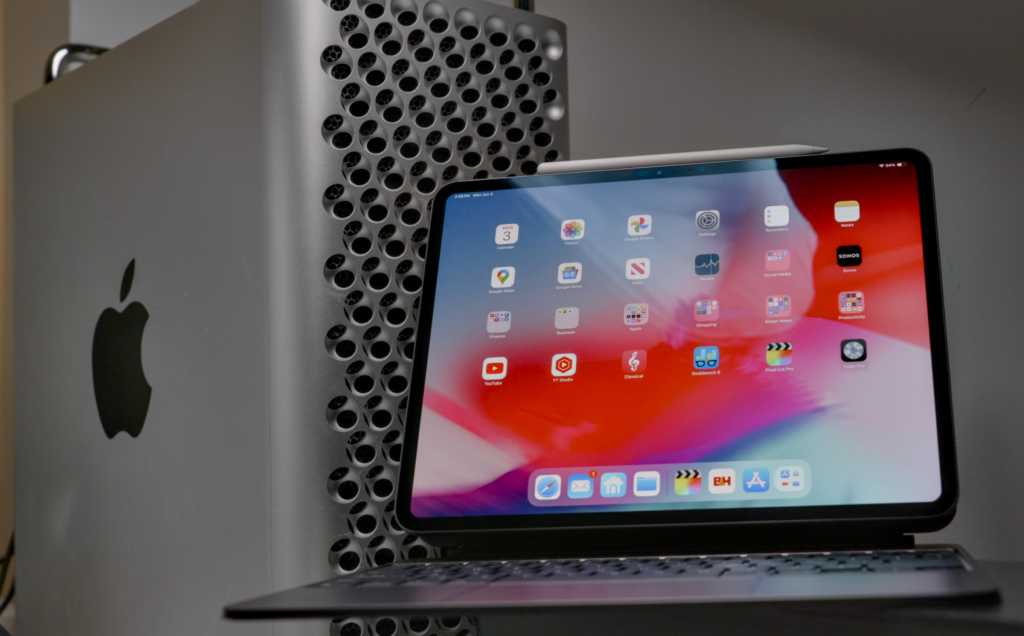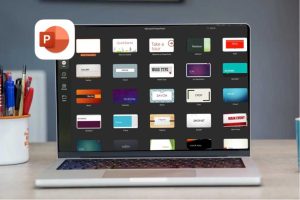
The distinction between traditional computing methods has been slowly eroding during the last few generations of Apple products. The Mac has long been Apple’s go-to workstation, but with the introduction of the new M4 iPad Pro, there’s a viable option to be considered for your serious tasks.
The powerful M4 iPad Pro has overwhelming computing power, a gorgeous screen, and a MacBook-like Magic Keyboard. Consumers have always shown interest in having a touch-screen Mac but since Apple won’t oblige, the iPad Pro is the next best thing.
But can the iPad Pro be a competent Mac replacement? Considering the iPad Pro’s pure power, it looks like a slam-dunk, but outside of that, the limitations of the platform linger. Let’s look at how close the iPad Pro is to being a workstation that users can rely on.
iPad Pro: The hardware is impressive
The iPad Pro has extraordinary performance chops, beating the well-seasoned M3 in benchmark tests. The new iPad Pro also has an adequate 8GB of RAM, or 16GB of RAM in the 1TB models. With the higher tier of storage for the iPad Pro, the M4 has more RAM and one more CPU core, akin to how Apple does MacBook Pro tiers of upgrades–take it as a sign of the iPad Pro being a real Mac replacement. The 10-core GPU and 16-core Neural Engine provide more processing power.
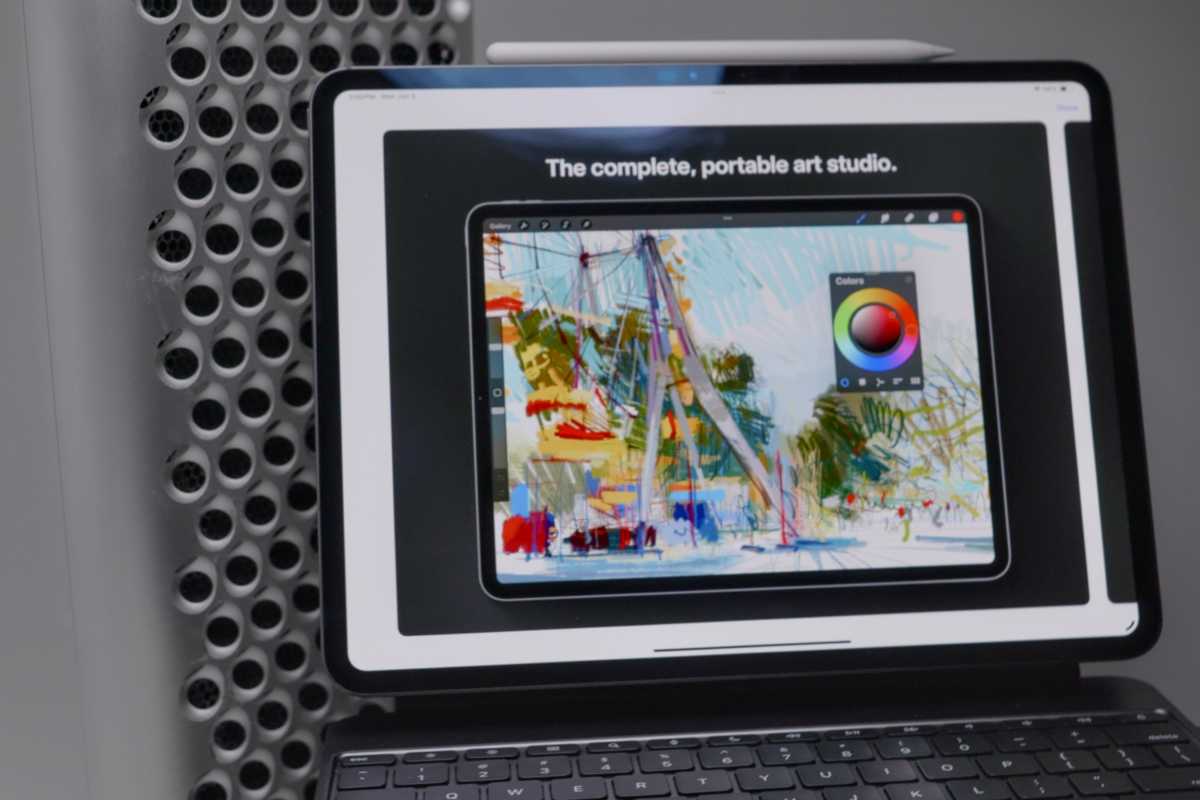
The iPad Pro’s stunning display is great for professionals.

The iPad Pro’s stunning display is great for professionals.
Thiago Trevisan/Foundry

The iPad Pro’s stunning display is great for professionals.
Thiago Trevisan/Foundry
Thiago Trevisan/Foundry
It gets even better. The iPad Pro’s tandem OLED display is a beauty to behold. With a stunning 264 pixels per inch and 120Hz Pro Motion refresh rate, there is not much to complain about. A nano-texture version with 1TB and above models gives professional users an option for bright working conditions. Add beautiful and accurate colors, and it competes with much more expensive monitors. Sure, the 13-inch iPad Pro is still shy of the 16-inch MacBook Pro in size, but it more than makes up for it with its touchscreen flexibility.
Apple also released the new Magic Keyboard for iPad Pro. Designed to look even more like a MacBook Pro keyboard, it now also features a function row full of utility. Together with a responsive touchpad, the tactile nature of the iPad Pro is unmatched by any MacBook Pro.
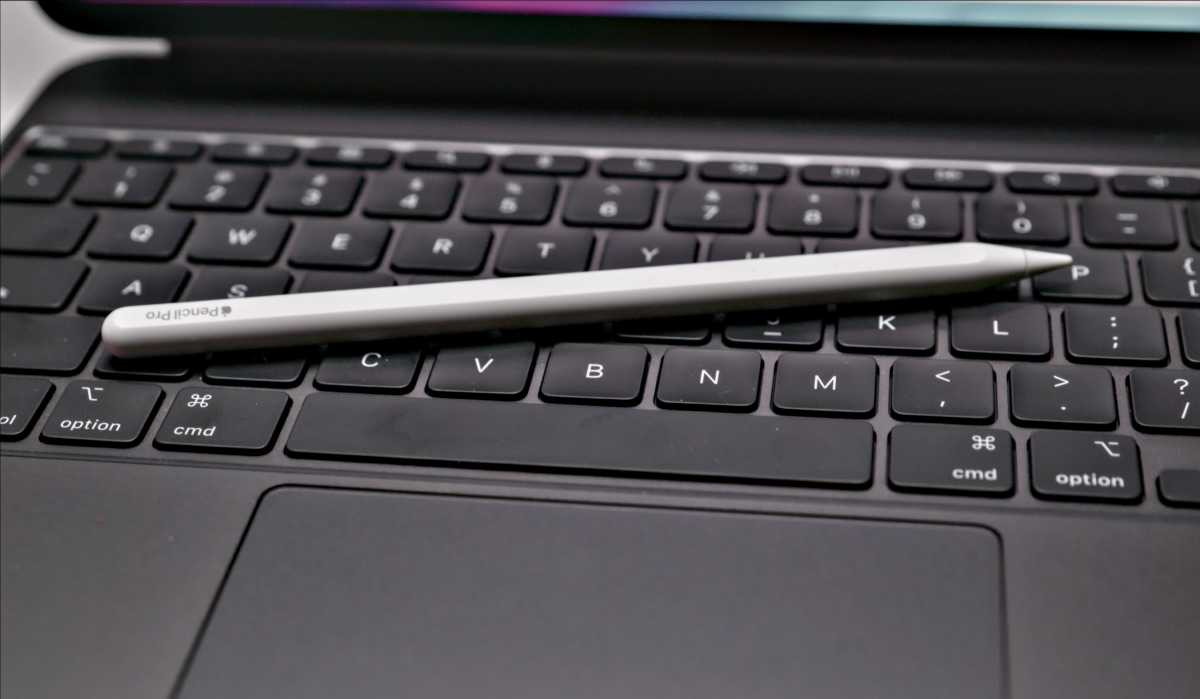
The new Magic Keyboard enhances the iPad Pro’s functionality. The Apple Pencil Pro gives the iPad Pro an advantage over a MacBook.
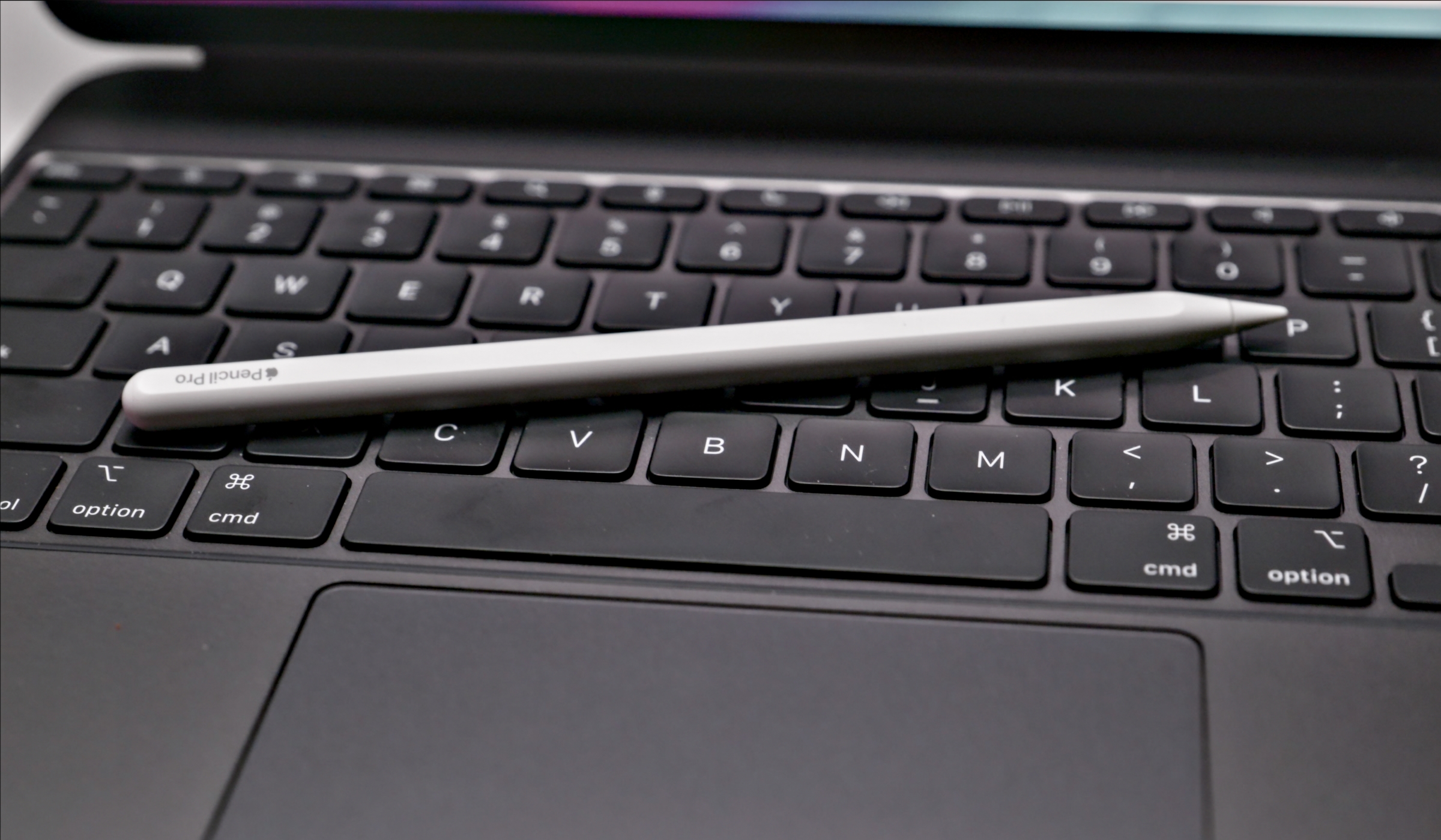
The new Magic Keyboard enhances the iPad Pro’s functionality. The Apple Pencil Pro gives the iPad Pro an advantage over a MacBook.
Thiago Trevisan/Foundry

The new Magic Keyboard enhances the iPad Pro’s functionality. The Apple Pencil Pro gives the iPad Pro an advantage over a MacBook.
Thiago Trevisan/Foundry
Thiago Trevisan/Foundry
With such a suite of hardware utility on iPad Pro, it is easy to overlook the Apple Pencil Pro. Newly designed with new tricks up its sleeve, this is the ultimate tool for artists and productivity users who require that nuance only afforded by a stylus.
Taking all that the hardware has to offer under consideration, we can confidently say that the M4 iPad Pro does have what it takes to become a Mac replacement. But it’s not all about hardware.
iPad Pro: Here’s the catch
The iPad Pro hardware can certainly have you racing down the highway of productivity, but then you hit a bottleneck: iPadOS. iPadOS just isn’t designed for daily production on a larger scale, but Apple has carefully curated a suite of apps that are designed specifically with iPad Pro users in mind to make it a valuable tool in smaller instances.
Final Cut Pro and Logic Pro are just two of the heavy-hitting apps that are being tuned for the iPad experience. Both make great use of the M4 chip in the iPad Pro. The intuitive controls have also been fine-tuned, making it a pleasant overall experience for creatives.
But then there are issues with the way iPadOS behaves when power users try to push it beyond its limits. iCloud and the file system have been great additions to the iPad Pro, but the file system is still inferior to macOS. It’s a lot easier to organize large projects on a Mac.
Then there’s the ability to multitask. On iPadOS, it can range from useful to frustrating. Stage Manager is a good idea in theory but clumsy in its execution for resizing and adjusting windows.
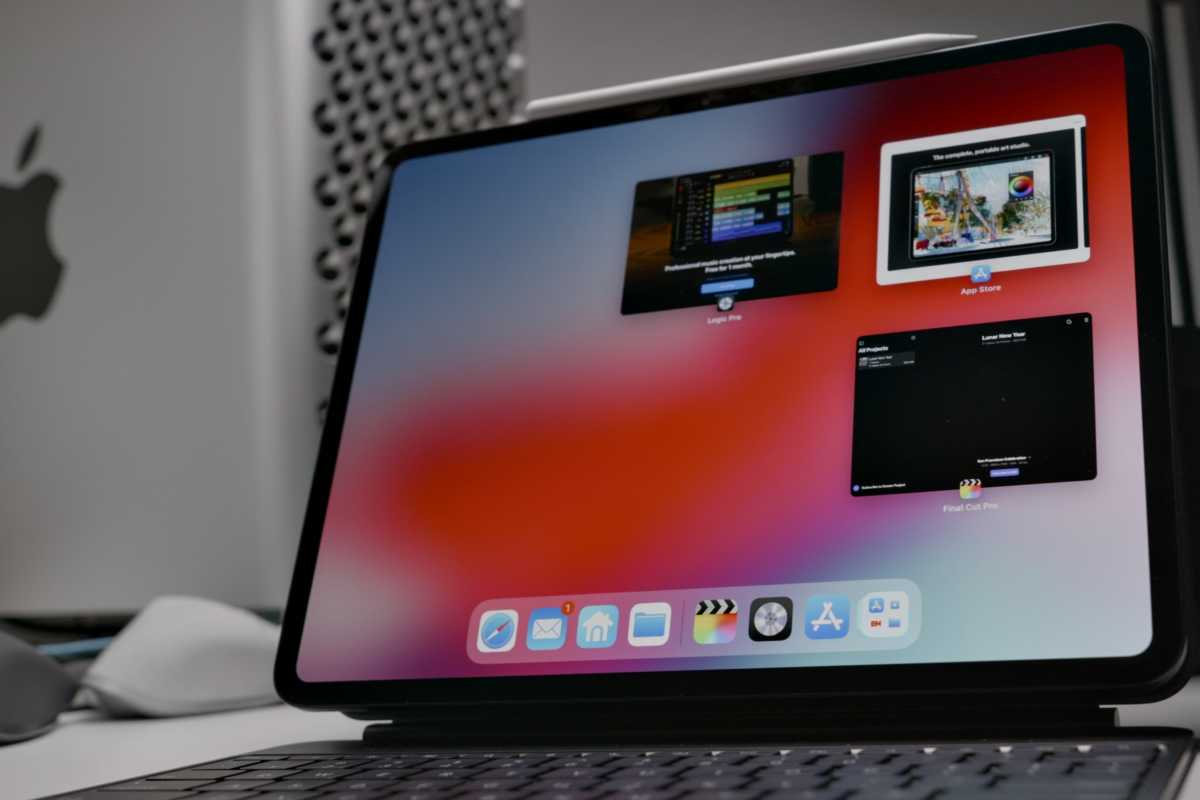
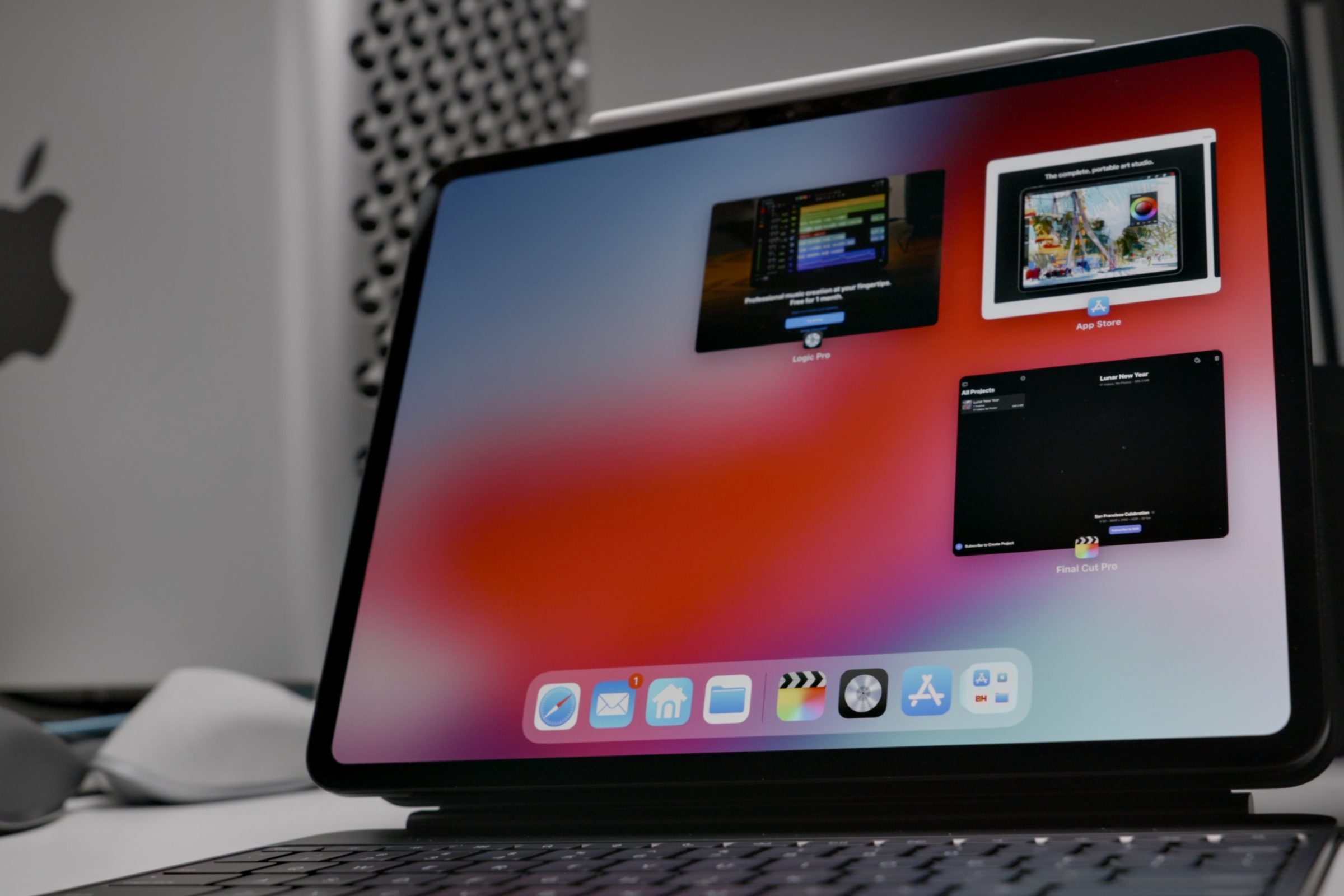
Thiago Trevisan/Foundry

Thiago Trevisan/Foundry
Thiago Trevisan/Foundry
At Apple’s recent WWDC, the push into AI (a.k.a. Apple Intelligence) was on full display, and the iPad Pro seems like an ideal platform for such features. Apple gave quick demos of AI features that are coming, but until it’s actually in the hands of users, the software user experience is still undefined. We can hope for practical uses of AI since the iPad Pro is one of the first early devices at the helm of whatever AI goodies Apple intends to spread across its lineup.
As a touch platform, iPadOS does have its benefits and works great. The software interaction with the Apple Pencil Pro is fantastic, with impressive details such as the appearance of the Pencil Pro shadow and the new squeeze function.
iPad Pro: Situational use cases
Apple is careful not to completely cannibalize its MacBook Pro lineup, leaving the iPad Pro just capable enough to attract some niche users, but the iPad Pro can certainly be a superior laptop replacement for the right user. One major issue, regardless of the use case: Price. The iPad Pro can easily go beyond the $2,000 mark when fully adorned with its accessories and higher-end specs. There are other iPads in Apple’s lineup for budget constraints, but this makes the iPad Pro a seemingly high-end product that needs to compete on merits against the MacBook lineup. Here’s how the iPad Pro fits, based on the use case.
The home user: If all you need is a fantastic webcam device, coupled with a screen and competent keyboard, the iPad Pro has you covered. iPadOS offers easy access to apps such as Mail, Safari, Messages, FaceTime, and even Keynote, Numbers, and Pages. It can connect to larger monitors, making it punch above its weight when more screen real estate Is needed. The iPad Pro also has a penchant for being an entertainment powerhouse thanks to its gorgeous screen, fast hardware, and access to music and video streaming apps.
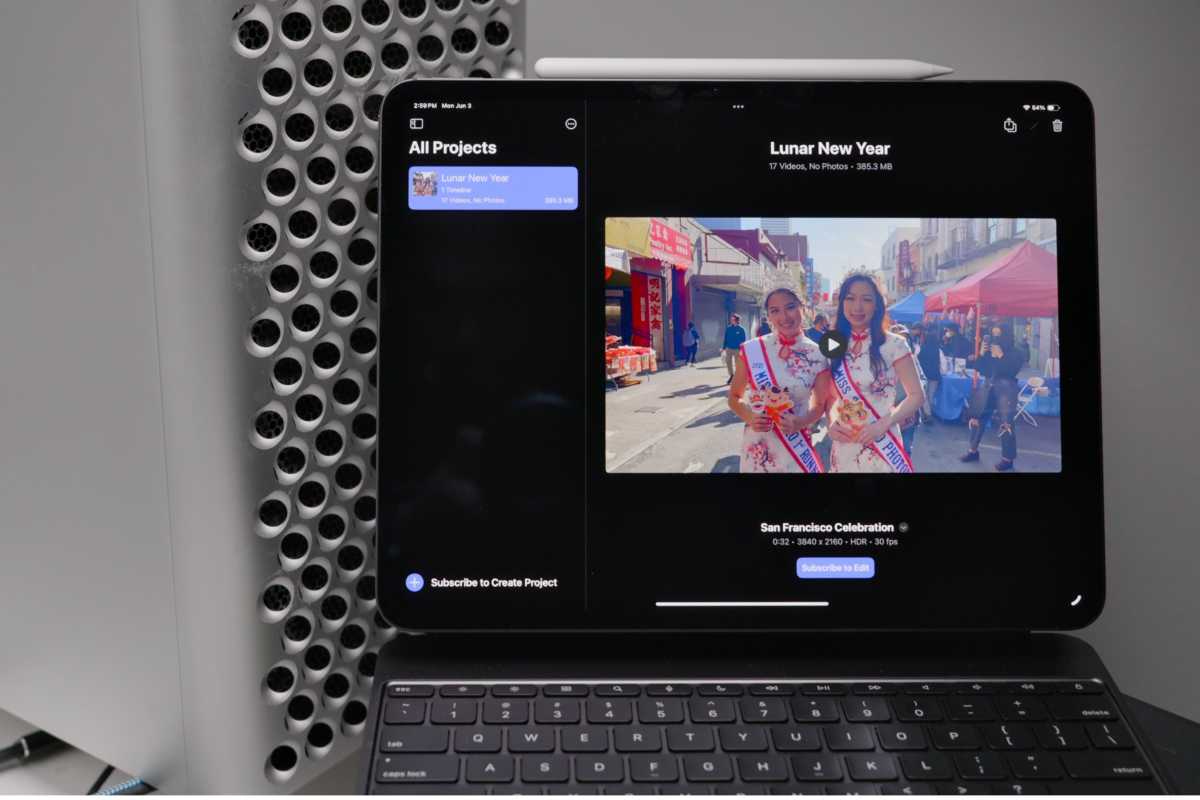
The new Final Cut Pro includes new features that make it a better tool on the iPad Pro.

The new Final Cut Pro includes new features that make it a better tool on the iPad Pro.
Thiago Tresvian/Foundry

The new Final Cut Pro includes new features that make it a better tool on the iPad Pro.
Thiago Tresvian/Foundry
Thiago Tresvian/Foundry
Creative pros: There’s a good selection of apps available for amateurs and expert users, but professionals may not find the apps they need. The Apple Pencil Pro is a crucial tool that has no equal on the MacBook. With one of the best OLED screens available, together with Pencil Pro, artists will find no want in such a device. Photographers can also find plenty of portability and utility with iPad Pro, and the nuance of photo touchups can be easier for some on this device. With third-party software such as Adobe Photoshop, there is a breadth of capabilities baked into iPad Pro.
Final Cut Pro: Apple has been making a big push into Final Cut Pro for iPad Pro. With nicely fine-tuned controls, and the ability to use the iPad Pro itself to capture images, it makes a good case for usability for all but the most power users.
Logic Pro: Logic Pro for iPad Pro, much like Final Cut Pro, takes advantage of the powerful hardware embedded within to make easy work of most workflows in a neat, portable device. While power users will still want to work with a full-fledged macOS desktop for large projects, this is a step in the direction of making the iPad Pro well-rounded.
3D graphics and gamers: The 10-core GPU within the iPad Pro has up to four times faster rendering performance than the M2 chip, together with ray tracing capabilities. It may not match the performance of a Windows PC with a discrete GPU, the iPad Pro can certainly impress with competent gaming performance as shown by Resident Evil 4 and similar titles.
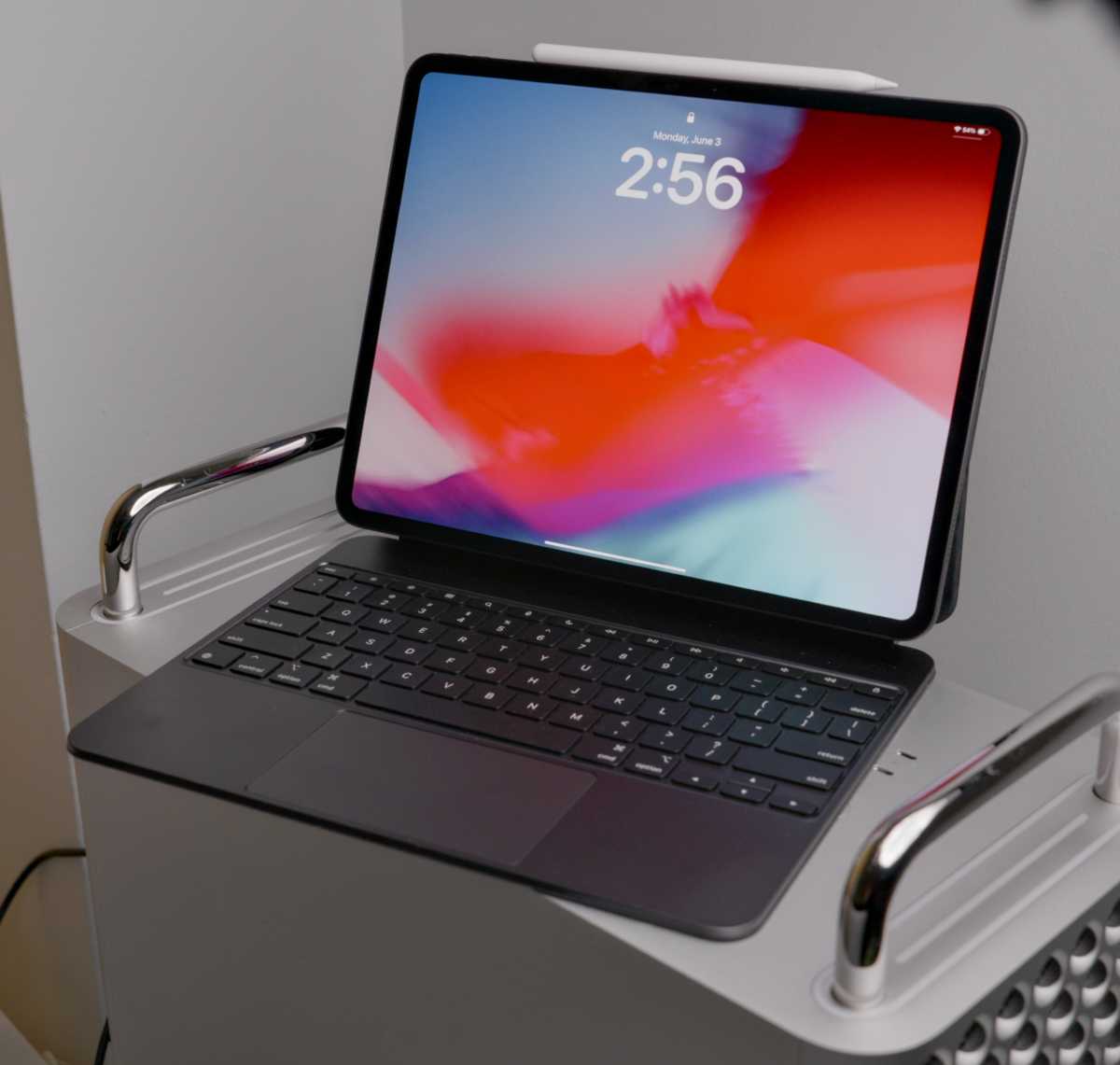
The iPad Pro can be just as good as a Mac in certain situations.

The iPad Pro can be just as good as a Mac in certain situations.
Thiago Trevisan/Foundry

The iPad Pro can be just as good as a Mac in certain situations.
Thiago Trevisan/Foundry
Thiago Trevisan/Foundry
iPad Pro: It can replace a Mac (mostly)
The iPad Pro can clearly replace many functions for most users who typically rely on desktops or laptops. It has the power for a wide range of tasks from word processing, video editing, and even pin-point graphics work. The iPad Pro has a great form factor and its thin and portable nature can best even the diminutive MacBook Air–it can be used more comfortably in mobile or non-traditional work situations.
However, iPadOS doesn’t always keep up with the needs of more demanding users who may shy away from the lack of competent file management. And while the iPad has a great software library, many professional apps aren’t on the iPad. The macOS ecosystem is still vast and full of choices for such users.
The iPad Pro remains a valiant challenger to the Mac (more directly, the MacBook). With the upcoming updates to iPadOS and more AI technology, it could become a more viable platform that replaces the Mac.
Get more information about the iPad Pro.
Apple iPad Pro 13-inch (M4, 2024)
Price When Reviewed: $1,299 (Wi-Fi only)

